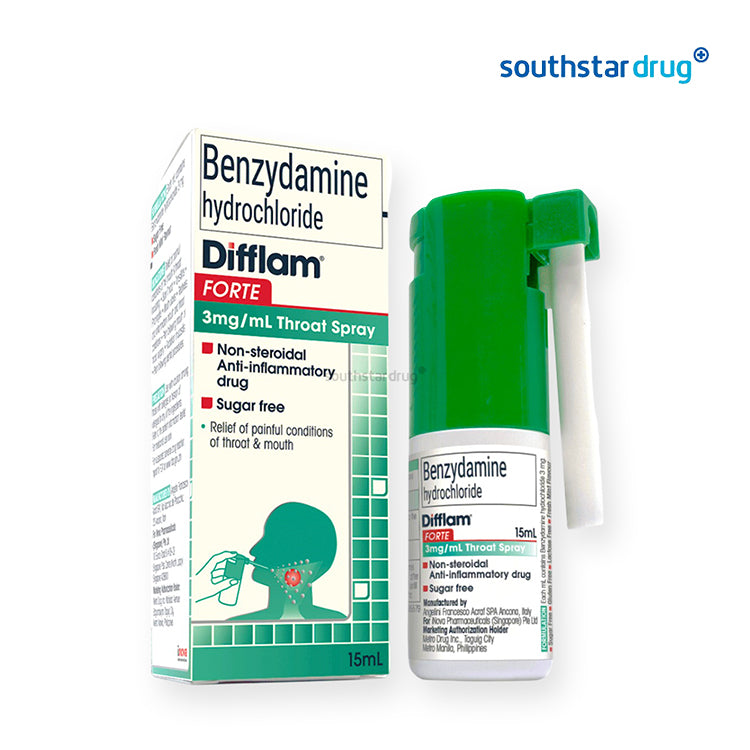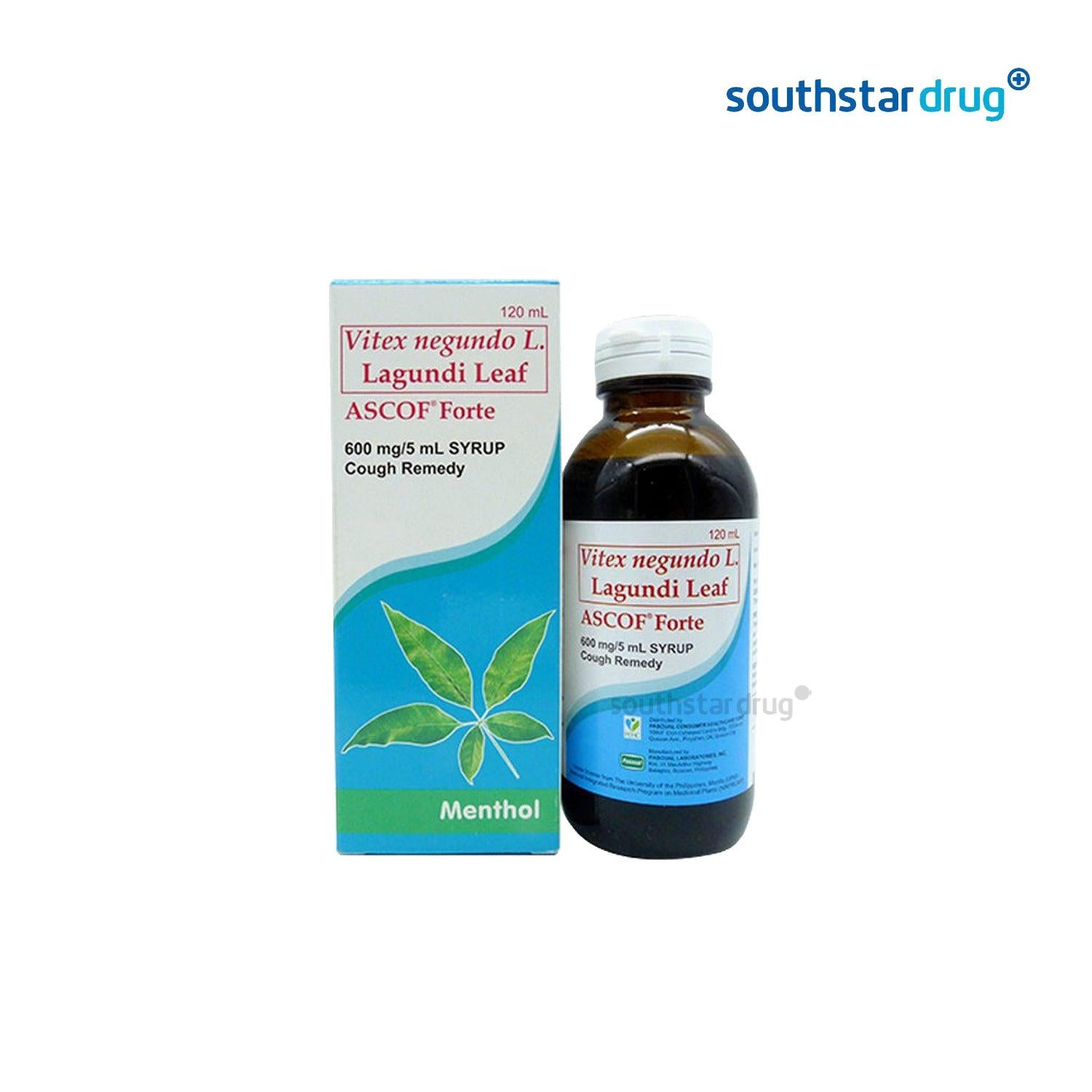Health Guide
Sidebar
6 Things to Do This Summer to Stay in Good Health
Published by: Frazdic Sta. Ana
Summer in the Philippines is a time of bright days and endless possibilities, from beach...
5 Common Health Concerns for Women and How to Address Them
Published by: Frazdic Sta. Ana
Women’s health is a complex and constantly evolving topic, influenced by biological, hormonal, and lifestyle...
6 Good Habits for Complete Feminine Health and Wellness
Published by: Frazdic Sta. Ana
March is International Women’s Month, a time to recognize and celebrate women—their strength, health, and...
5 Non-Infectious Diseases That Every Filipino Should Be Concerned About
Published by: Frazdic Sta. Ana
Did you know that non-communicable diseases (NCDs), also known as non-infectious diseases, remain the leading...
Measles: What It Is and How Can It Be Avoided
Published by: Frazdic Sta. Ana
Measles, or tigdas as it is known in the Philippines, is a highly contagious viral infection...











